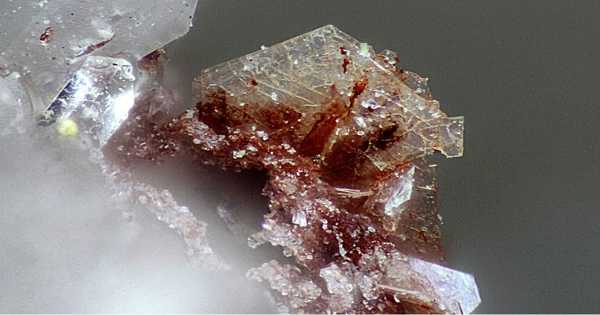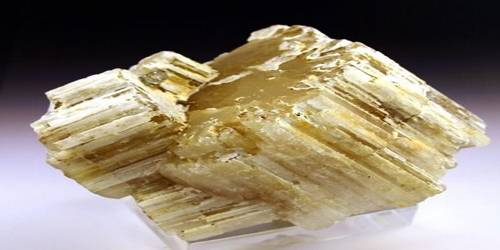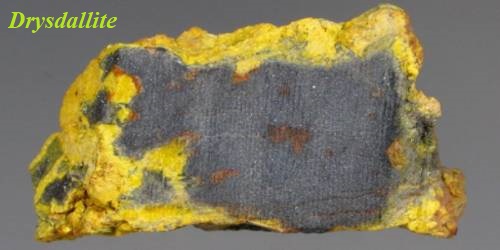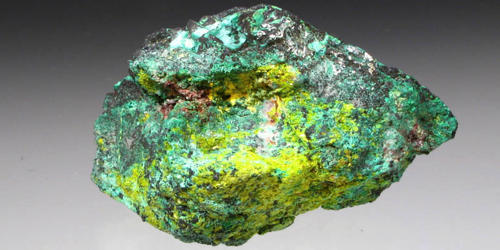Nuragheite is a rare natural thorium molybdate discovered in Su Seinargiu, Sarroch, Cagliari, Sardegna, Italy, with the formula Th(MoO4)2•H2O. The name is derived from the word “nuraghe,” which refers to the main type of ancient megalithic structure found in Sardinia, Italy. This location was also the site of the discovery of another thorium molybdate, ichnusaite, a trihydrate.
Nuragheite is a chemically pure substance.
General Information
- Category: Molybdate minerals
- Formula (repeating unit): Th(MoO4)2·H2O
- Crystal system: Monoclinic
- Crystal class: Prismatic (2/m) (same H-M symbol)
- Color: Colorless
Properties
Luster is pearly to adamantine; nuragheite is brittle, with a perfect (100) cleavage. Owing to the very small amount of available material and its intimate association with ichnusaite, density, and optical properties were not measured.
- Crystal habit: Thin tablets
- Cleavage: {100}, perfect
- Tenacity: Brittle
- Luster: Pearly adamantine
- Streak: White
- Specific gravity: 5.15 (calc., approximated)
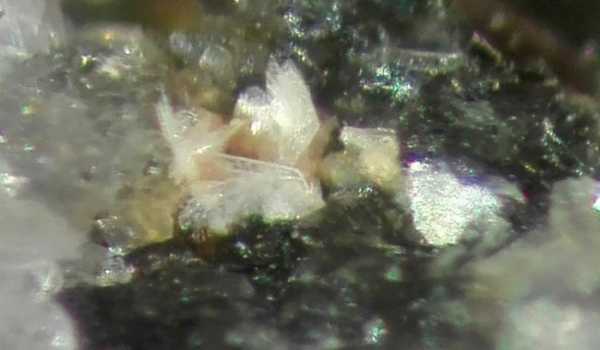
Crystal structure
The crystal structure of nuragheite is composed of (100) layers with IXTh-centered polyhedra and Mo-centered tetrahedra. It is thus similar to that of ichnusaite.
The main features of the crystal structure are:
- electroneutral Th(MoO4)2(H2O)2 (100) sheets
- ThO7(H2O)2 and MoO4 polyhedra polymerize to give the above sheets
- sheets are stacked along [100] and held by hydrogen bonds
Occurrence and association
Nuragheite is a mineral that is found in molybdenum-bismuth mineralization. It lives alongside ichnusaite, muscovite, and xenotime (Y). It can be found as colorless thin 100 tabular crystals up to 200 m long, associated with muscovite, xenotime-(Y), and ichnusaite.
Nuragheite, the second thorium molybdate discovered in nature, adds to our understanding of the crystal chemistry of actinide molybdates, which may form during the alteration of spent nuclear fuel and influence radionuclide release under repository conditions.
